Costa Rica Rentista vs Pensionado Residency: Key Differences
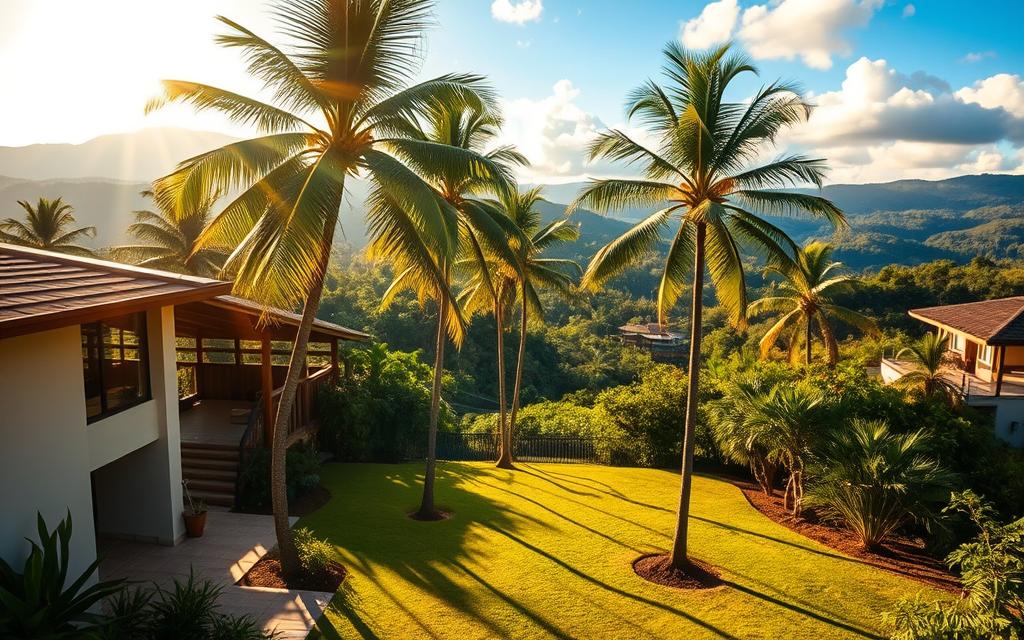
Costa Rica has become a haven for individuals and families seeking a better quality of life. With its stunning natural beauty, stable democracy, and high standard of living, this Central American country is an attractive destination for those looking to settle permanently or temporarily.
We will explore the key differences between two popular residency programs: Rentista and Pensionado. Understanding these differences is crucial as they cater to different demographics and have distinct requirements.
By comparing the financial requirements, benefits, limitations, and application processes for both programs, we aim to provide a clear understanding of each option, helping you determine which one aligns best with your circumstances and goals.
Understanding Costa Rica's Residency Programs
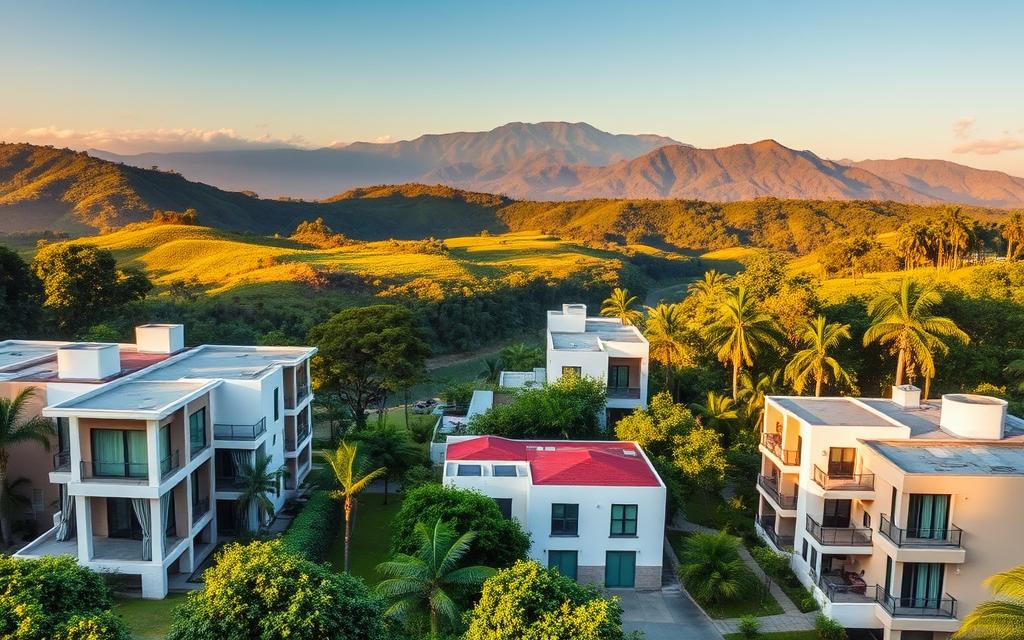
Costa Rica's residency programs cater to a wide range of applicants, from retirees to investors. The country offers a variety of residency options to suit different needs and circumstances.
Why Costa Rica Is Popular for Expatriates
Costa Rica has become a preferred destination for expatriates due to its welcoming environment, rich biodiversity, and modern amenities. The country's stable economy, friendly locals, and 'Pura Vida' lifestyle contribute to its appeal. Expatriates can enjoy a high quality of life, with opportunities to engage in eco-tourism, cultural activities, and a relaxed lifestyle.
Overview of Available Residency Categories
Costa Rica offers several residency categories, including Pensionado, Rentista, and Inversionista, ensuring there's a suitable option for most individuals. Residency can be either temporary or permanent. Temporary residency permits are typically valid for two years and renewable, while permanent residency allows foreigners to live indefinitely in the country after meeting specific requirements. For more detailed information on the differences between residency options, you can visit our guide on residency types.
Costa Rica Rentista Residency vs Pensionado Residency: Basic Comparison
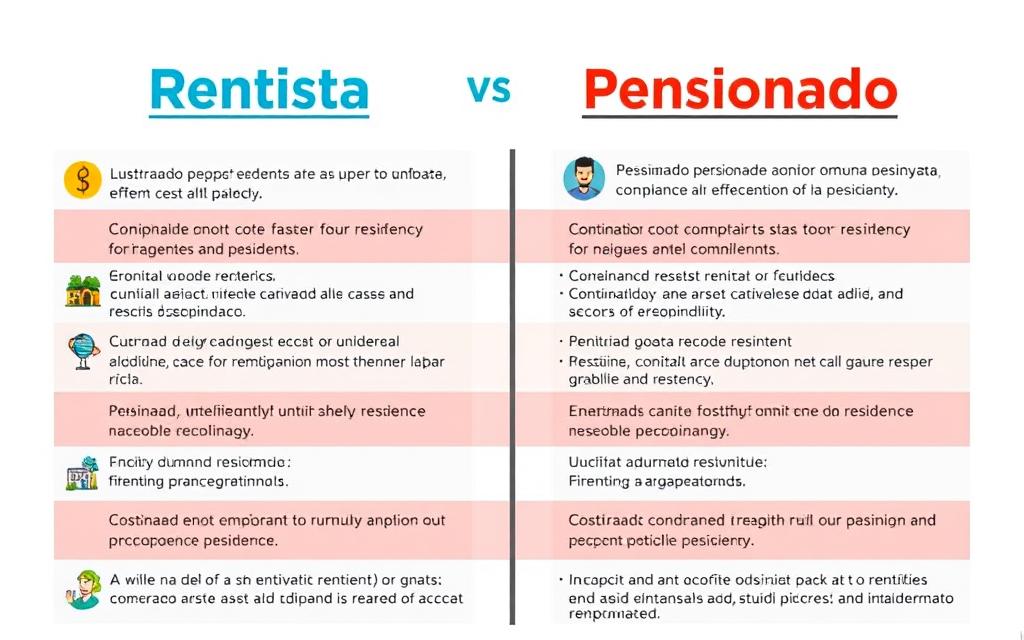
When considering residency in Costa Rica, understanding the nuances between Rentista and Pensionado programs is crucial. Both offer a pathway to temporary and eventually permanent residency, but they cater to different demographics and have distinct requirements.
Target Demographics for Each Program
The Pensionado program is designed for retirees, requiring a lifetime pension of at least $1,000 per month. In contrast, the Rentista program is suitable for individuals who haven't yet reached retirement age, requiring a monthly income of $2,500 guaranteed for two years. For more information on whether you can apply for multiple types of residency in Costa Rica, you can visit Jaros CR.
Key Differences at a Glance
The financial requirements and work restrictions are key differentiators. Pensionado requires proof of a minimum monthly income of $1,000 from a permanent pension source, while Rentista requires either a $60,000 deposit or proof of $2,500 monthly income for two years. Both temporary residents cannot work as employees in Costa Rica, but they can own businesses and receive dividends. After three years, both programs lead to permanent residency, lifting financial requirements and work restrictions.
Financial Requirements for Pensionado Residency

To qualify for Pensionado residency in Costa Rica, applicants must meet specific financial requirements. The Pensionado program is designed for retirees, and the financial prerequisites are in place to ensure that they can maintain a comfortable lifestyle in the country.
Monthly Pension Income Requirements
The minimum monthly pension income required for Pensionado residency varies, but it is generally set to ensure that applicants can support themselves without needing to work. As of the latest regulations, applicants must demonstrate a stable pension or retirement income that meets the specified threshold.
Acceptable Income Sources for Pensionado Applicants
Various income sources qualify for the Pensionado program, including government pension programs like Social Security in the United States or Canada Pension Plan. Private pension plans, annuities, and certain retirement accounts with regular distributions are also acceptable. Additionally, military pensions and disability pensions can qualify if they meet the minimum monthly amount. Applicants must provide official documentation from their pension provider, translated into Spanish and authenticated, to confirm the amount and permanence of their income.
Financial Requirements for Rentista Residency

To qualify for Rentista Residency, applicants have two primary financial options to consider. These options are designed to ensure that individuals have a stable financial foundation while living in Costa Rica.
The $60,000 Bank Deposit Option
The first option requires a one-time deposit of $60,000 into a Costa Rican bank account. This deposit must remain in the account for at least two years. For more information on transitioning from Rentista to permanent residency, you can visit this resource.
The $2,500 Monthly Income Option
The second option involves proving a guaranteed monthly income of at least $2,500 from sources outside Costa Rica. This income must be stable and verified by official documentation from financial institutions, confirming the regular income stream for at least two years. Qualifying income sources include rental income, investment dividends, and other forms of passive income.
Benefits and Limitations of Pensionado Residency
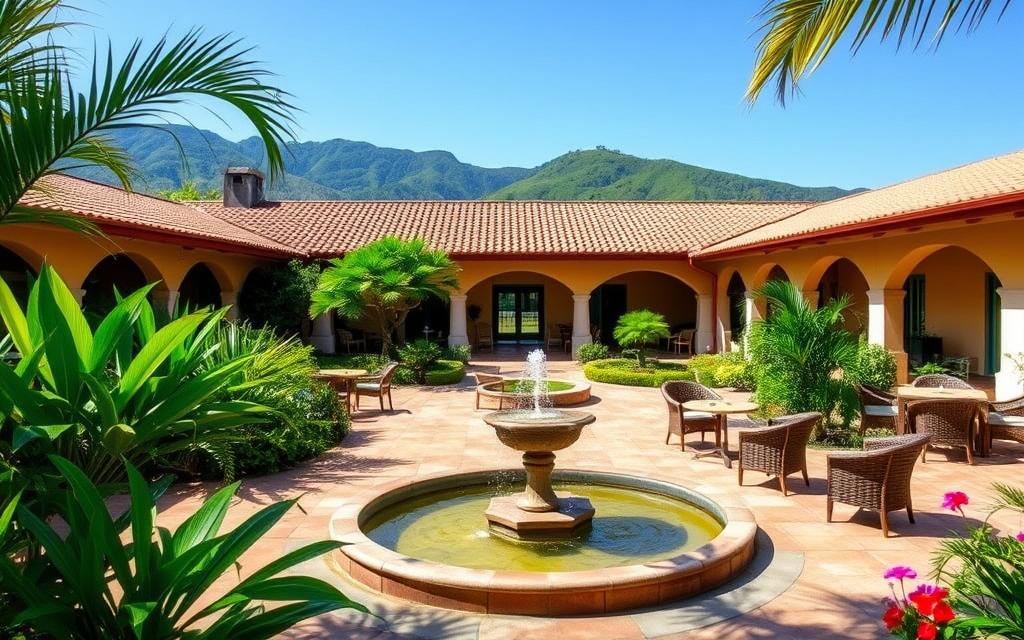
As we explore the Pensionado residency program in Costa Rica, it's essential to understand both its benefits and limitations. This program is specifically designed for retirees, offering a straightforward path to residency with certain financial requirements.
Tax Advantages for Retirees
Pensionado residents can enjoy significant tax advantages. Retirees with a pension from a foreign government or private entity may be exempt from certain taxes on their income. This can make Costa Rica an attractive destination for those looking to maximize their retirement savings. For more information on the tax implications and other residency options, you can visit Jaros CR.
Restrictions on Employment
While Pensionado residency offers many benefits, it comes with certain restrictions on employment. As a Pensionado resident, you are not allowed to work as an employee for a Costa Rican company. However, you can own a business and hire employees to run it. It's also worth noting that after three years of maintaining your Pensionado status, you can apply for permanent residency, which removes these work restrictions.
Benefits and Limitations of Rentista Residency
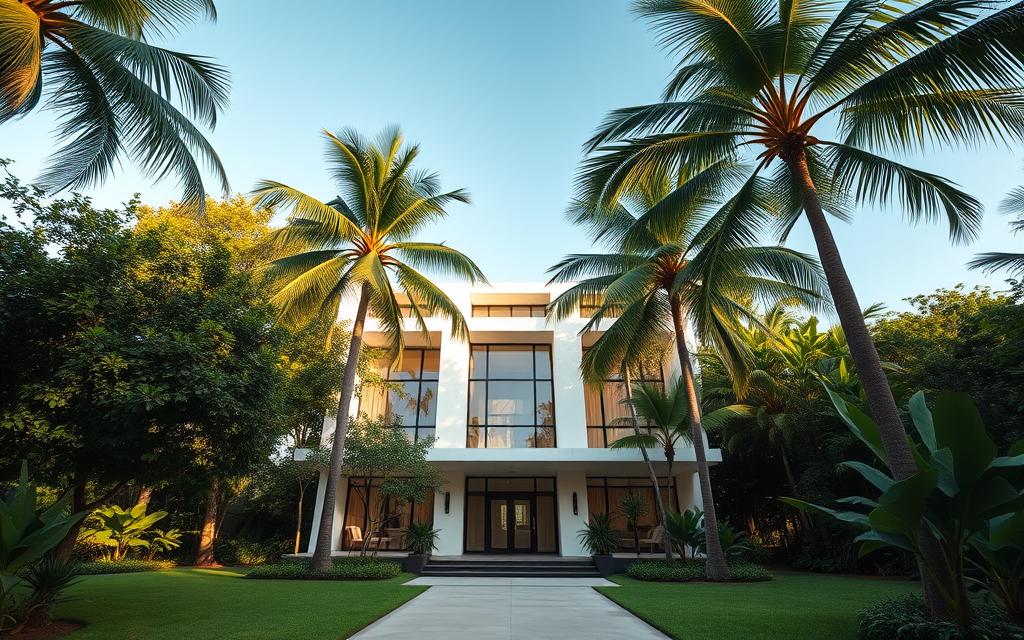
For those looking to relocate, the Rentista residency program presents several benefits and some limitations. This residency category is particularly appealing to individuals with a stable income from outside Costa Rica.
Business Ownership Opportunities
The Rentista residency allows individuals to own businesses in Costa Rica, providing a pathway to entrepreneurship. This can be particularly attractive for those looking to invest in the local economy or start a new venture. For more information on the legal requirements for residency, you can visit Jaros CR.
Renewal Requirements and Considerations
After the initial two-year period, Rentista residents must apply for renewal by demonstrating continued financial solvency. For those who qualified using the $60,000 deposit, renewal requires depositing another $60,000. The renewal application should be submitted 1-3 months before the current residency expires to avoid any legal status complications. After three years, residents become eligible to apply for permanent residency, eliminating the need to demonstrate continued financial requirements.
Application Process and Documentation
To successfully apply for Costa Rica residency, applicants must navigate the application process and gather necessary documents. This involves understanding the specific requirements for the chosen residency program, whether it's Rentista or Pensionado.
Required Legal Documents for Both Programs
Both Rentista and Pensionado residency programs require applicants to submit various legal documents. These typically include a valid passport, birth certificate, and police clearance certificate from their home country. All documents must be translated into Spanish to be considered valid for the application process.
The Apostille Process Explained
The apostille process is a critical step in authenticating documents for use in Costa Rica's legal system. An apostille is a standardized certificate that verifies the authenticity of documents issued in countries that are signatories to the Hague Apostille Convention. For U.S. applicants, state-issued documents require an apostille from the Secretary of State, while federal documents need an apostille from the U.S. Department of State. Each document requires its own separate apostille certificate, which must be obtained within six months of the application submission.
Healthcare and Social Security Requirements
As part of the residency process, applicants must navigate Costa Rica's healthcare requirements. Costa Rica's healthcare system, known as CAJA, is renowned for its quality and affordability, making it attractive to retirees and expatriates alike.
CAJA Registration Process
Registering with CAJA is a mandatory step for residency applicants. The registration process involves monthly payments based on declared income, typically ranging from $75 to $200 per month. This fee covers the primary applicant and their dependent spouse, with no additional costs for including a spouse on the healthcare plan.
Healthcare Costs for Residents
Residents in Costa Rica can expect comprehensive healthcare coverage through CAJA. Pensionado residents usually pay around 7-11% of their declared pension amount as monthly premiums. For Rentista residents, premiums are based on the $2,500 monthly income requirement, often resulting in higher monthly payments. While CAJA provides extensive coverage, many residents choose to supplement with private health insurance, which can cost between $50 to $200 per month, depending on age and coverage level.
Path to Permanent Residency and Citizenship
For those considering making Costa Rica their forever home, understanding the path to permanent residency and citizenship is essential. Costa Rica offers a straightforward process for achieving permanent residency, which can eventually lead to citizenship.
Timeline for Temporary to Permanent Residency
After maintaining legal residency in Costa Rica for a certain period, typically several years, individuals can apply for permanent residency. The exact timeline may vary depending on the specific residency program. For instance, rentista and pensionado residency holders can apply for permanent residency after maintaining their temporary status for a specified number of years.
Citizenship Opportunities and Dual Nationality
Costa Rica allows individuals to apply for citizenship after seven years of legal residency. To become a citizen, one must demonstrate proficiency in Spanish, knowledge of Costa Rican history and culture, and a clean criminal record. Interestingly, while Costa Rica technically requires renunciation of original citizenship, in practice, many individuals maintain dual nationality through a "don't ask, don't tell" approach. A Costa Rican passport offers visa-free travel to over 150 countries, making it a valuable asset.
Conclusion: Choosing the Right Residency Option for Your Situation
In conclusion, choosing between Costa Rica's Rentista and Pensionado residency programs depends on your individual circumstances. Costa Rica has become a haven for expatriates and retirees, drawn by its lush landscapes and relaxed lifestyle. With over 100,000 foreigners calling Costa Rica home, the country's thriving expat community is a testament to its appeal.
The Pensionado program is ideal for retirees with a stable pension, while the Rentista program provides flexibility for younger individuals or those without formal pensions. Both programs offer similar benefits, including access to Costa Rica's healthcare system and tax advantages on foreign income. For more information on residency requirements and the application process, working with experienced immigration experts can simplify the process. You can also learn more about the citizenship test for those over 65 in Spanish.


